Inside Tár: behind the scenes of the Oscars-nominated movie’s set designs
We speak to production designer Marco Bittner Rosser, behind the Tár movie set designs, to delve deep into the unique aesthetics of Lydia Tár’s world
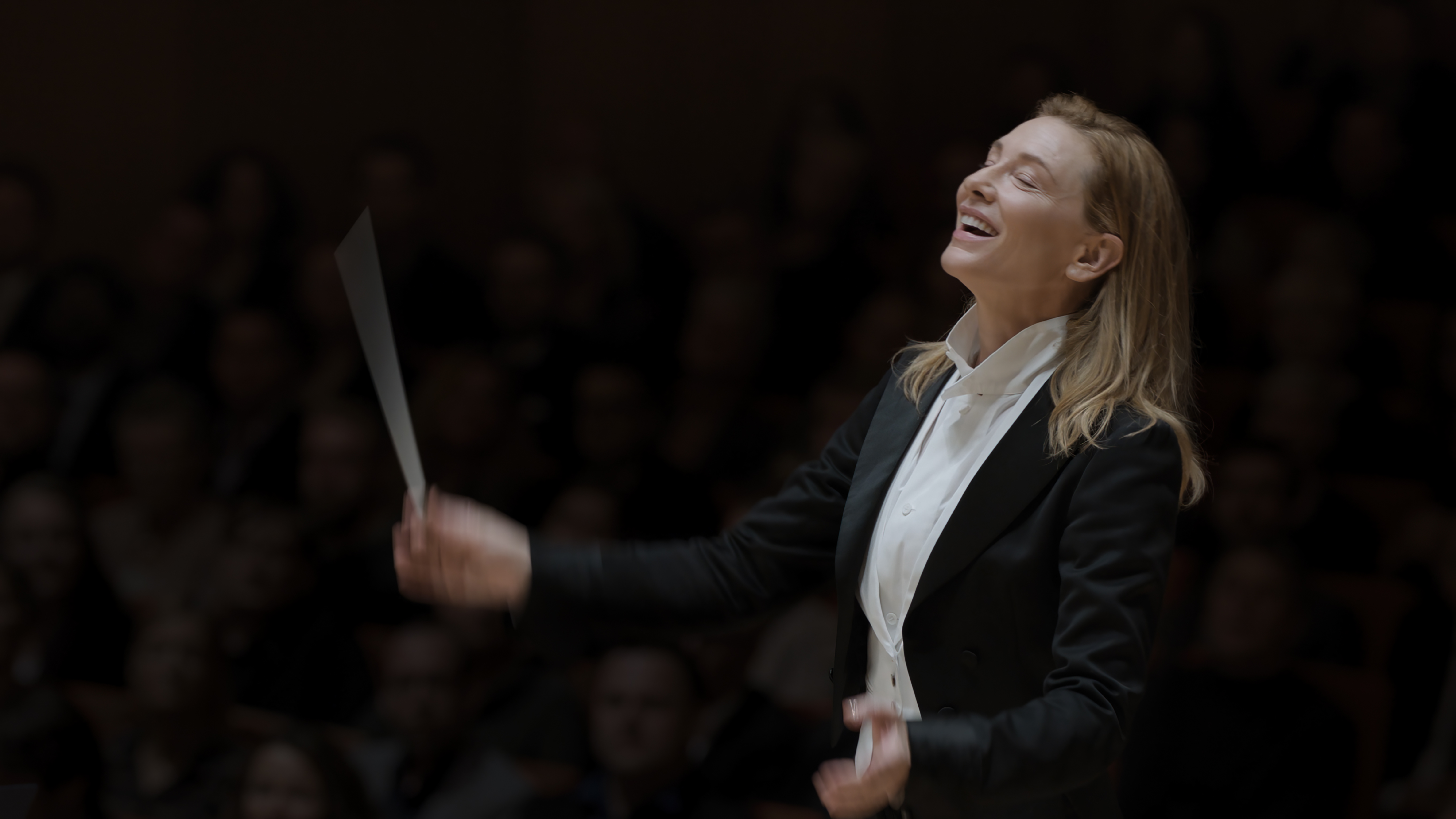
When the Wallpaper* team watched Tár, every single one of us was enchanted by the incredibly well-curated interiors, architecture and attention to detail that permeated each scene (someone might have even gone as far as dubbing it ‘the ultimate Wallpaper* movie’).
Set between Berlin and New York and directed by Todd Field with Cate Blanchett playing the title character, Tár follows fictional Berlin Orchestra director Lydia Tár, offering us a glimpse into her family life, orchestra politics and publicity tour for her book, Tár on Tár.
Production designer Marco Bittner Rosser brought Tár’s world to life, from her sleek concrete penthouse to the eclectic studio apartment, each filled with midcentury Danish furniture, objets d’art and incredible lighting.
We speak to Bittner Rosser to delve deep into the unique aesthetics of Lydia Tár’s world.
Tár movie set: an interview with production designer Marco Bittner Rosser

Wallpaper*: A lot of the title character’s duality is played between her brutalist family home and her own apartment. How did you create these two spaces, and how do they contribute to building her personality in the movie? What is the significance of the two domestic interiors?
Marco Bittner Rosser: The design of spaces in movies is always character driven. Lydia Tár’s home that she shares with her wife Sharon and her daughter Petra is a place that we imagined she would have moved to at a point in her career when she was already established in her role as the chief conductor. The austere and brutalist architecture mixed with a thoughtfully curated eclectic mix of furniture and pieces of art show her immaculate taste.

Lydia Tár's home featuring ‘National’ career lamp, 2007, by Olafur Eliasson
MBR: As Lydia Tár has designed and curated every detail of her career and life story, so she has made thoughtful choices in her personal spaces, reflecting on her taste and cultural standing. In this interior, Asian antiques, Persian rugs with midcentury and contemporary furniture and decoration were used. Original art pieces by renowned artists such as Olafur Eliasson and Sergej Jensen were shown in the space, with the kind permission of the artists.
Receive our daily digest of inspiration, escapism and design stories from around the world direct to your inbox.
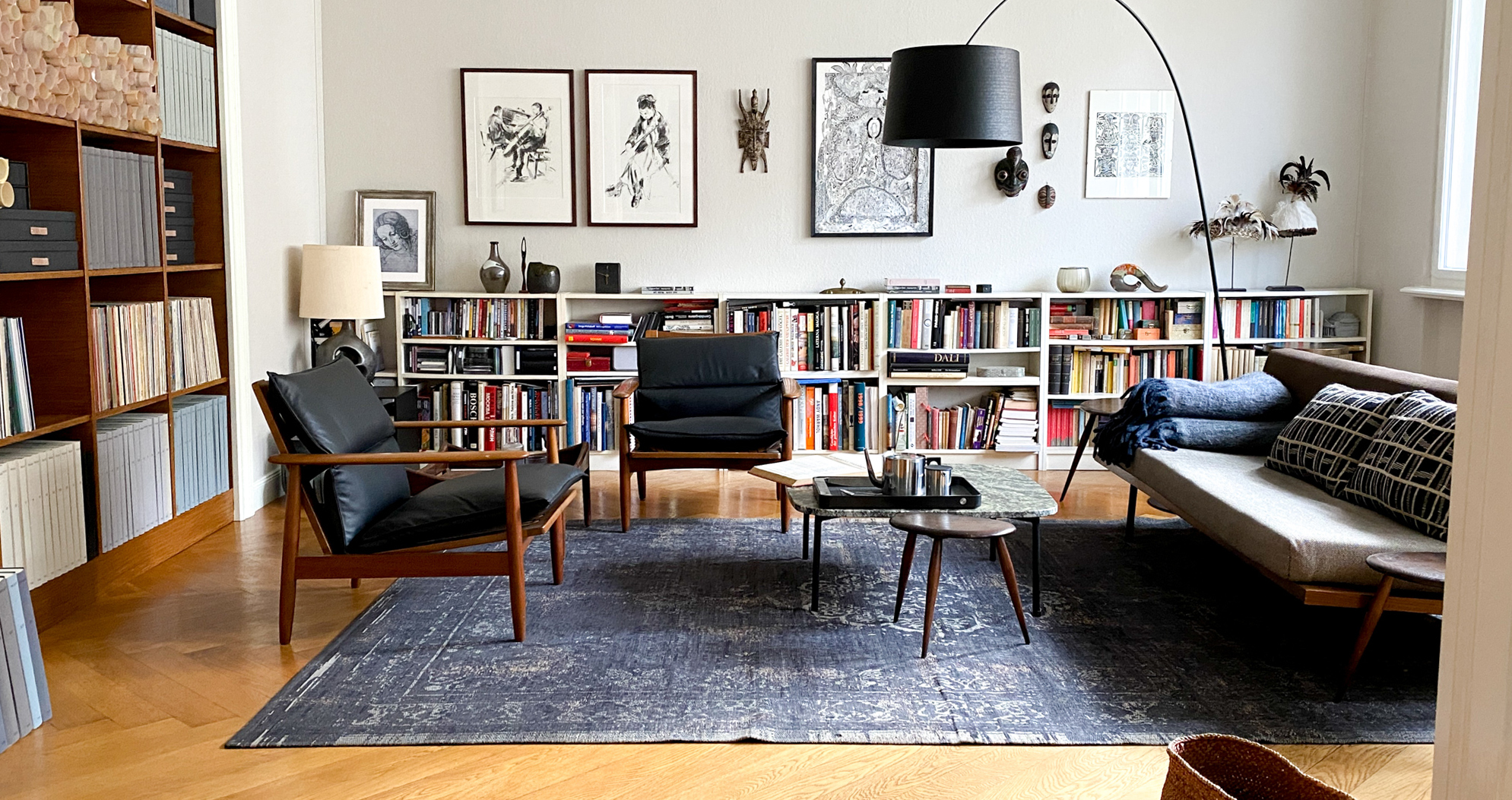
Lydia Tár's studio in Berlin, featuring 1960s chairs by Ole Wanscher (produced by Carl Hansen & Søn), and ‘Twiggy’ lamp by Marc Sadler for Foscarini
MBR: Lydia Tár’s studio apartment is a place that we imagined her to have lived in when she first moved to Berlin. The design choices of this space reflect a much earlier time in her life and career path when she was less of a public figure and of lower socio-economic status. When she moved into her new home with Sharon, the modern concrete-design apartment, we imagine that she kept her old place as her studio, as a place to work and think.
It’s her place to compose music – the historic Steinway grand piano becomes the centrepiece of the space – the art in her apartment is a much more modest and a younger collection that reflects her interest in the Amazonian arts and culture (we learn at the beginning of the film that she spent time with the Shipibo-Conibo tribe in the rainforest of Peru). The furnishing is simple, functional, and modest but also reflects her taste for cool midcentury design.

53rd Street Library set, on location in Berlin
W*: Several locations in the movie have a very strong interior architecture – how did you respond to these elements of the set, and how was your approach to these spaces?
MBR: The architecture of Tár is a world of very graphic, clean, mostly modern architecture. It’s a movie primarily set in interior spaces of arts and culture: the Concert Hall, the Lincoln Center, the New York 53rd Street Library – most of these sets were staged on locations in Berlin, which has a lot of fantastic midcentury architecture. Dressing these spaces required maintaining a balance with the architecture; the furnishing and dressing were to blend in. The furnishing and the spaces were chosen to create an authentic texture that was in some cases – such as her home apartment – of monumental scale but never loud and attention-seeking. Colours were used as natural tones of materials, rather than making loud design and colour choices.
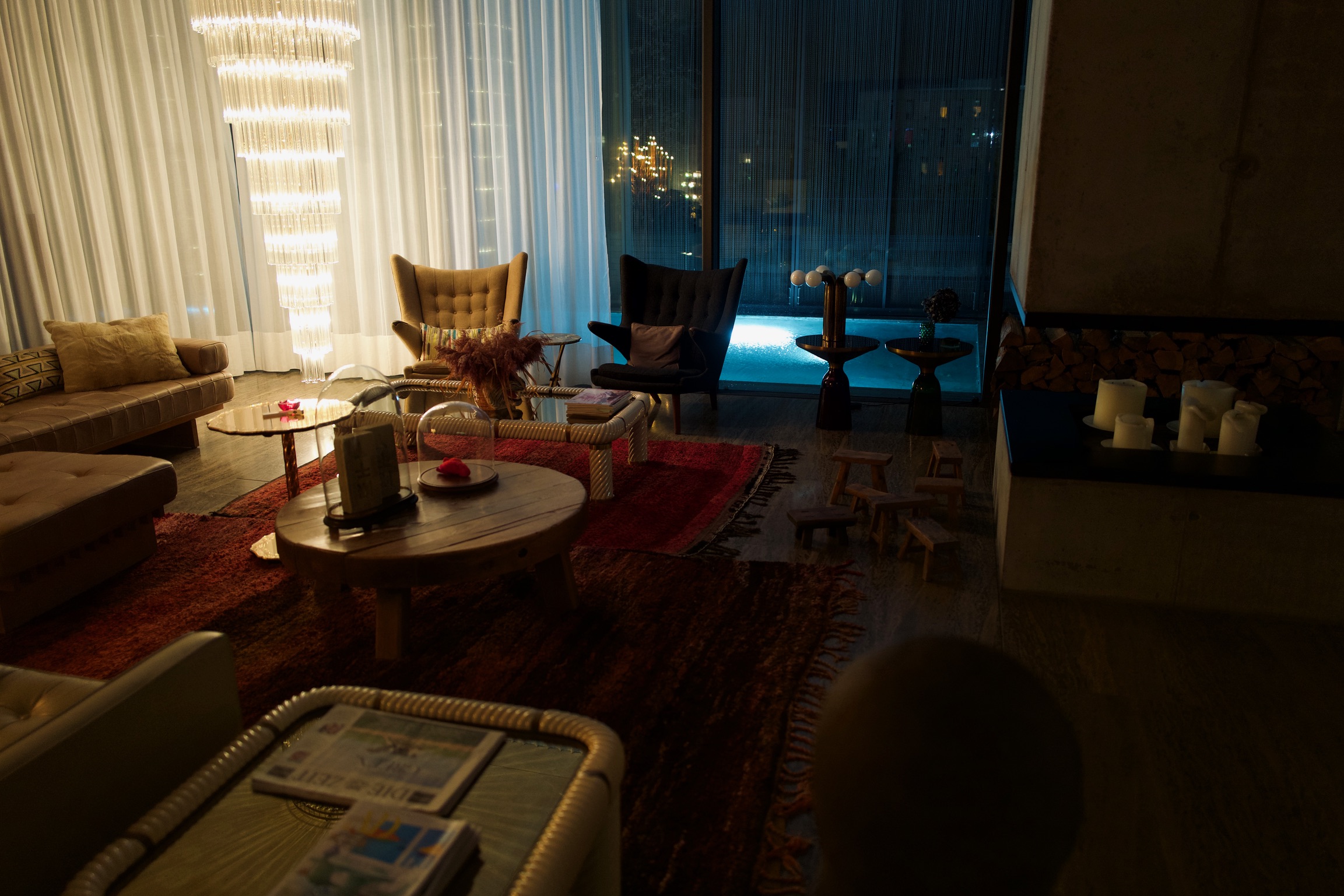
‘Papa Bear’ armchairs by Hans Wegner (produced by PP Møbler) and Venini Murano chandelier
W*: The lighting in Lydia Tár and Sharon Goodnow’s home is eclectic. Can you tell us a bit about the design choices for lighting in this domestic space, and their meaning?
MBR: Lighting fixtures are an important element in movie sets, as they are not only pieces of design but also used to light the scene and create a lighting atmosphere. A tall Venini Murano chandelier worked as a sculptural element in the space that allowed us to change the colour temperature and had a great impact on the overall atmosphere of the set.
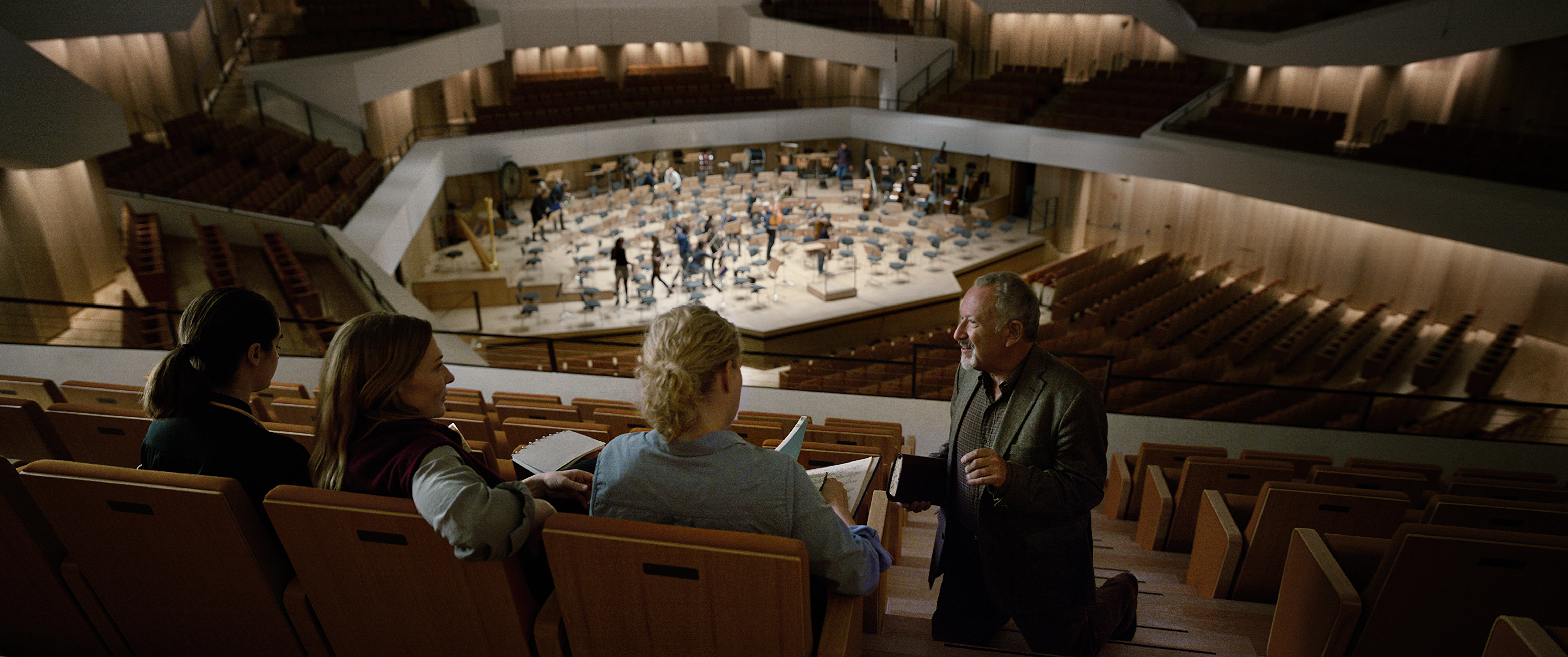
Dresden concert hall
W*: Tár is packed with details. Are there any elements that a distracted viewer might miss at first sight, but are crucial not to miss?
MBR: The sets of Tár are packed with details that had meaning and helped us understand the characters. At the same time, they were designed and arranged in a way that they should blend into the world of this movie, and become an atmospheric texture.

W*: How did your work react to the film script and acting?
MBR: There was a layer of detail in Todd Field’s original screenplay that required in-depth research in music, arts, culture and architecture. There were many detailed challenges: an enormous amount of very specific props that had to be produced. These include the jacket for [Lydia Tár’s] photo shoot that we see in the making in the opening montage, her music sheets of Mahler V that we see [her] working on. The array of vinyl covers that are spread out on the floor, a whole world of graphic design for the magazines and newspaper articles and posters that needed to be authentic and be produced for the movie. We started principal photography with the rehearsal scenes in the concert hall. Seeing Cate Blanchett walk on the stage and take over the lead of the orchestra was truly inspiring and set the tone and the bar high for everyone’s work on the film.
Rosa Bertoli was born in Udine, Italy, and now lives in London. Since 2014, she has been the Design Editor of Wallpaper*, where she oversees design content for the print and online editions, as well as special editorial projects. Through her role at Wallpaper*, she has written extensively about all areas of design. Rosa has been speaker and moderator for various design talks and conferences including London Craft Week, Maison & Objet, The Italian Cultural Institute (London), Clippings, Zaha Hadid Design, Kartell and Frieze Art Fair. Rosa has been on judging panels for the Chart Architecture Award, the Dutch Design Awards and the DesignGuild Marks. She has written for numerous English and Italian language publications, and worked as a content and communication consultant for fashion and design brands.
-
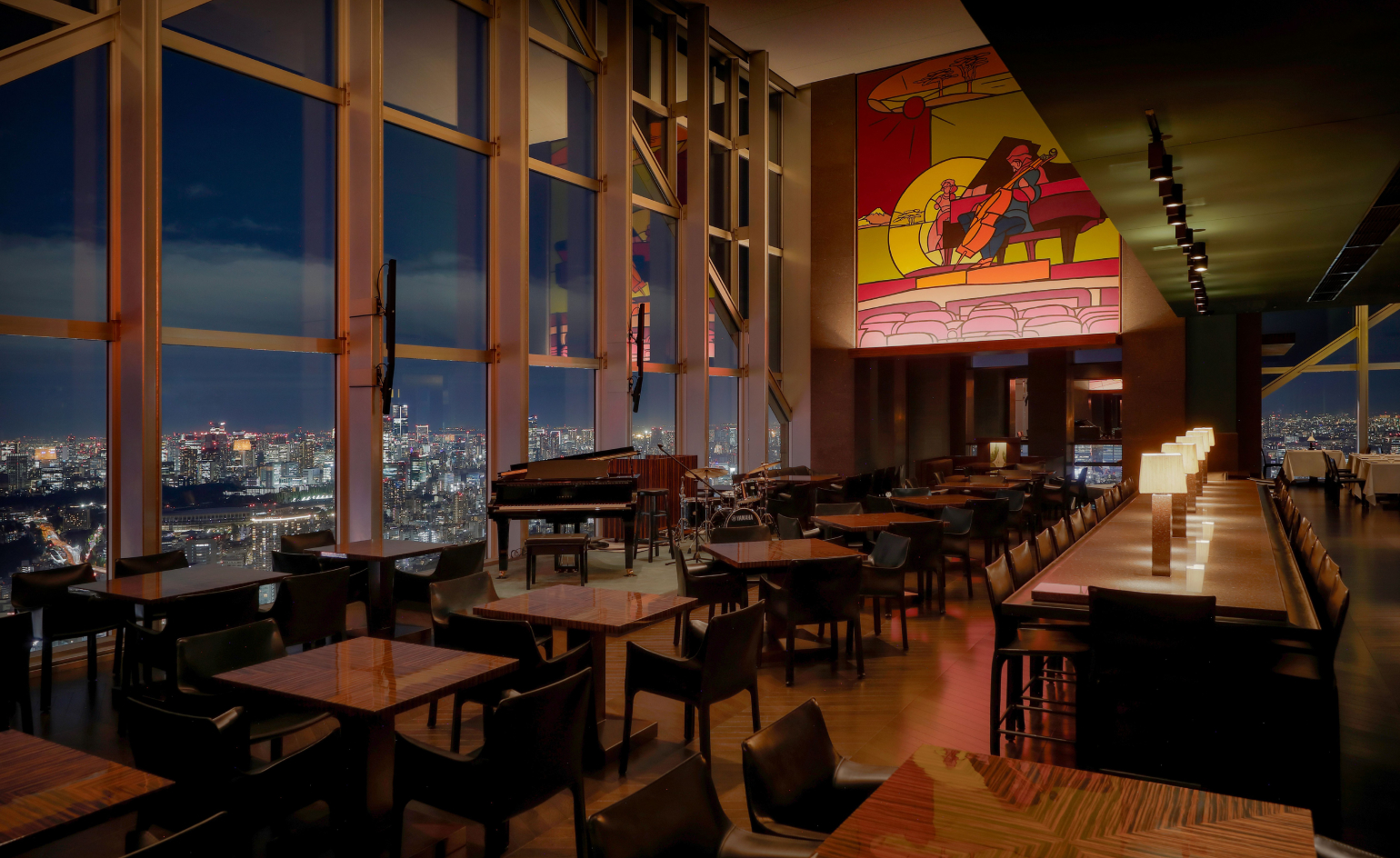 Tokyo’s most cinematic stay reopens as an exercise in architectural self-control
Tokyo’s most cinematic stay reopens as an exercise in architectural self-controlPark Hyatt Tokyo and Studio Jouin Manku demonstrate how design can evolve without erasing memory, balancing modernist heritage with contemporary comfort
-
 Korean designer Yoonjeong Lee tells ordinary stories in extraordinary ways
Korean designer Yoonjeong Lee tells ordinary stories in extraordinary waysWallpaper* Future Icons: Yoonjeong Lee's work is based on a fascination for utilitarian objects, from pencils to nails, recreated with innovative casting methods
-
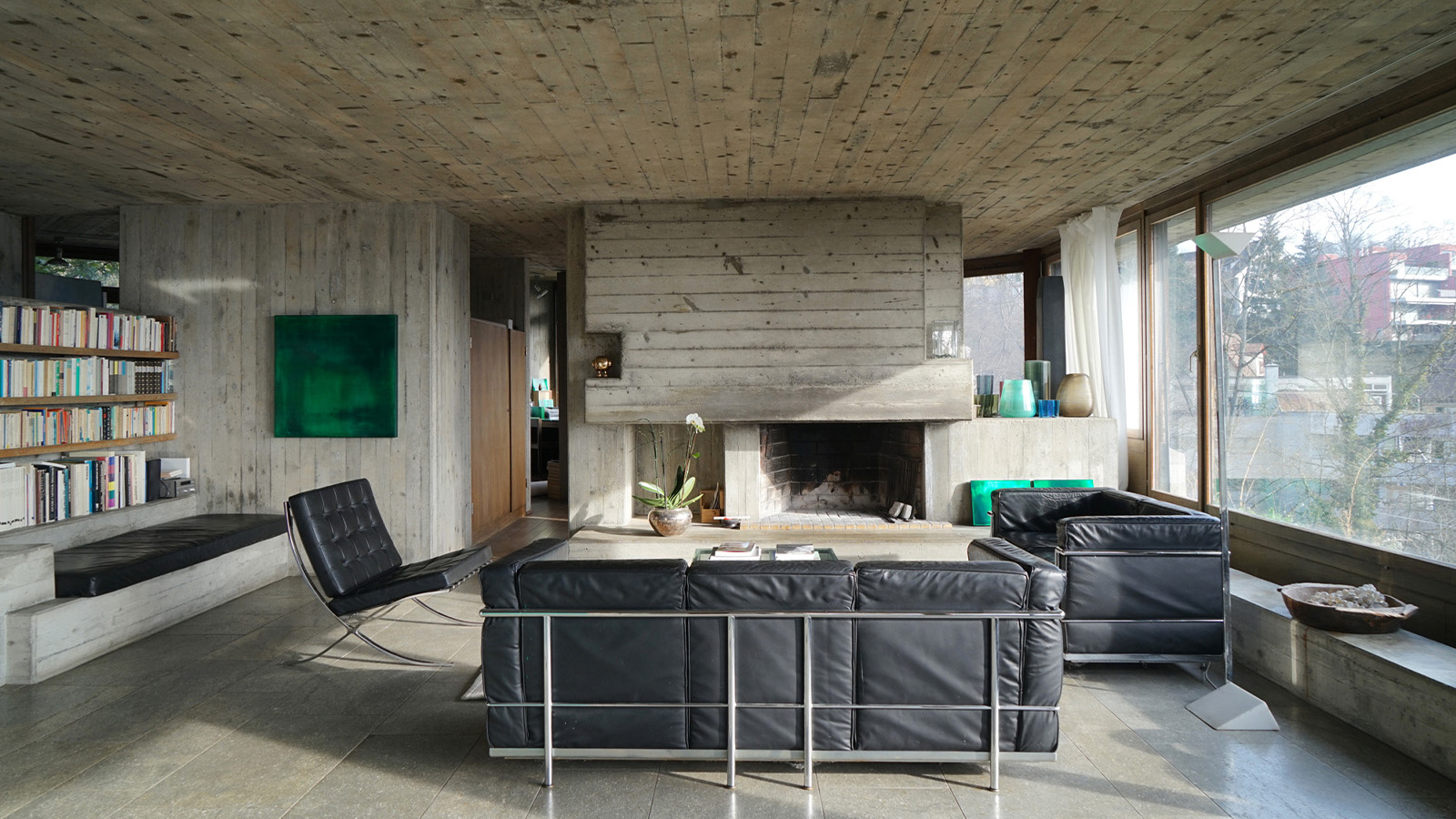 Inside architect Andrés Liesch's modernist home, influenced by Frank Lloyd Wright
Inside architect Andrés Liesch's modernist home, influenced by Frank Lloyd WrightAndrés Liesch's fascination with an American modernist master played a crucial role in the development of the little-known Swiss architect's geometrically sophisticated portfolio
-
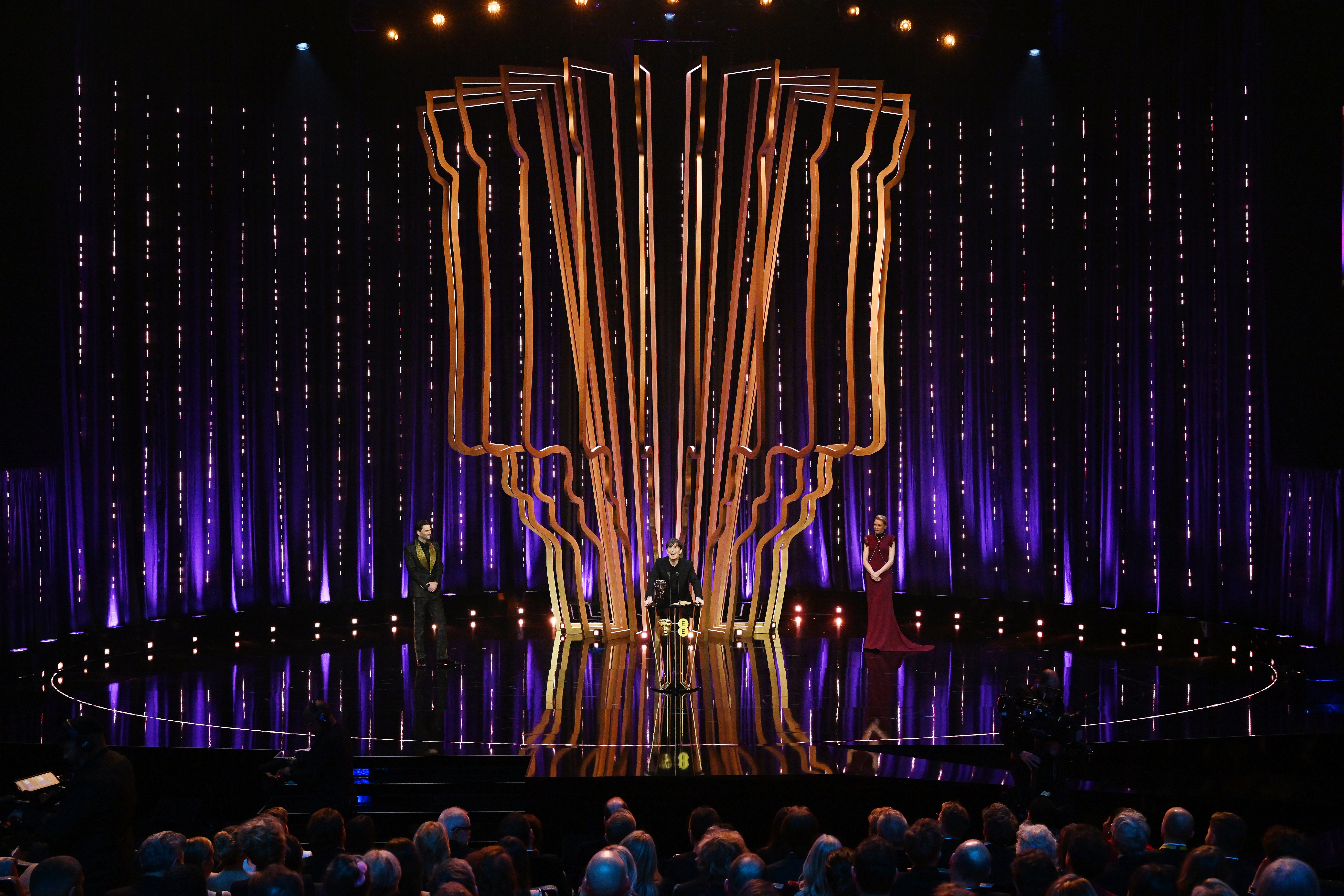 BAFTA 2024 stage design pays tribute to the history of film animation
BAFTA 2024 stage design pays tribute to the history of film animationThe 2024 BAFTA Film Awards celebrated the best of the past year’s films, with an elegant stage by Yellow Studio, which pays tribute to the history of film animation
-
 Oscar-nominated Killers of the Flower Moon puts Native American clothing design centre stage
Oscar-nominated Killers of the Flower Moon puts Native American clothing design centre stageHow Osage ribbon work got top billing in Oscar-nominated Killers of the Flower Moon, Martin Scorsese’s true-crime epic
-
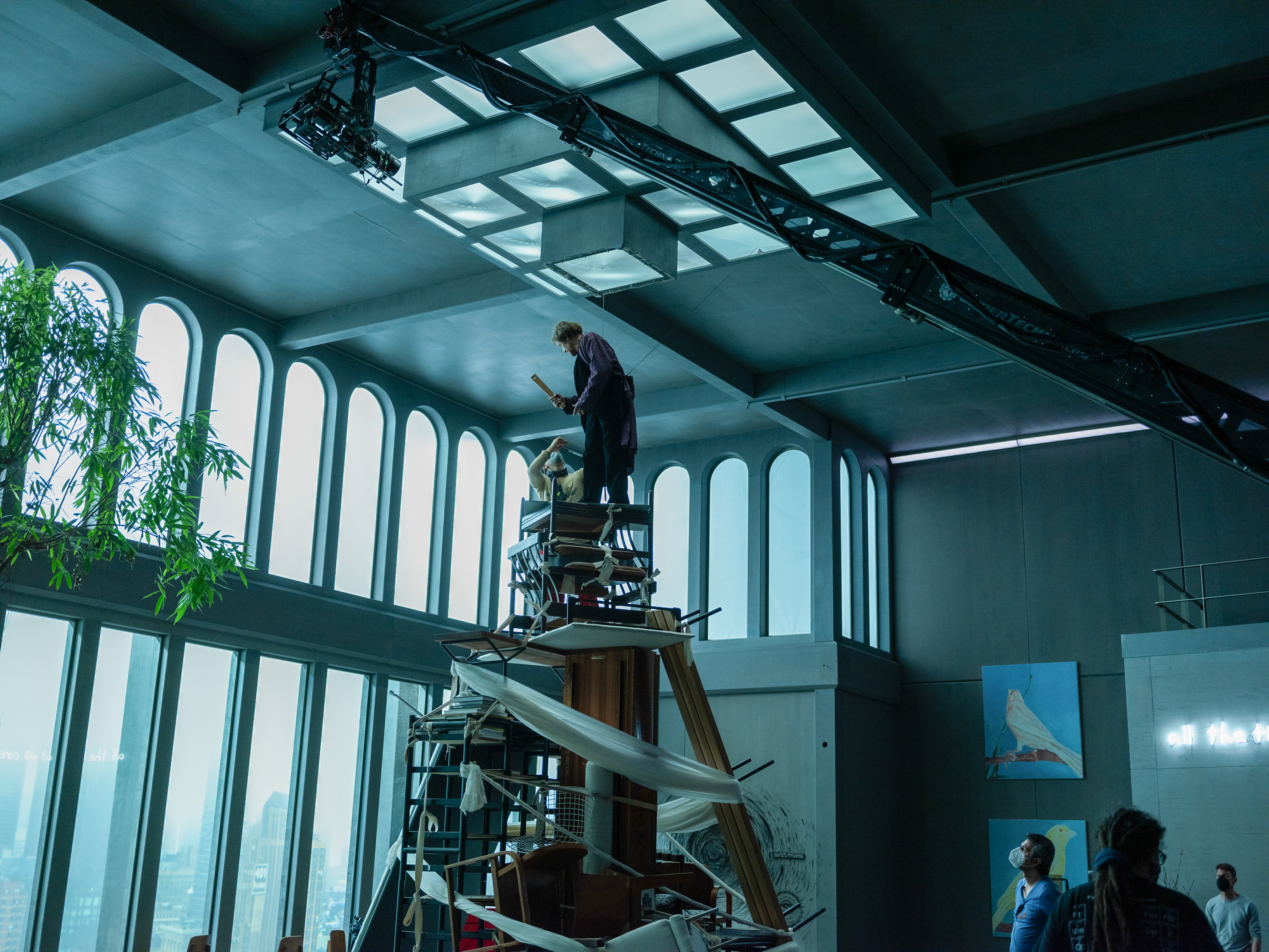 ‘Inside’ movie set: capitalism meets brutalism in the art- and design-filled thriller starring Willem Dafoe
‘Inside’ movie set: capitalism meets brutalism in the art- and design-filled thriller starring Willem DafoeThorsten Sabel takes us through the making of ‘Inside’, the movie starring Willem Dafoe as a thief trapped in an art- and design-filled penthouse inspired by Oscar Neimeyer architecture
-
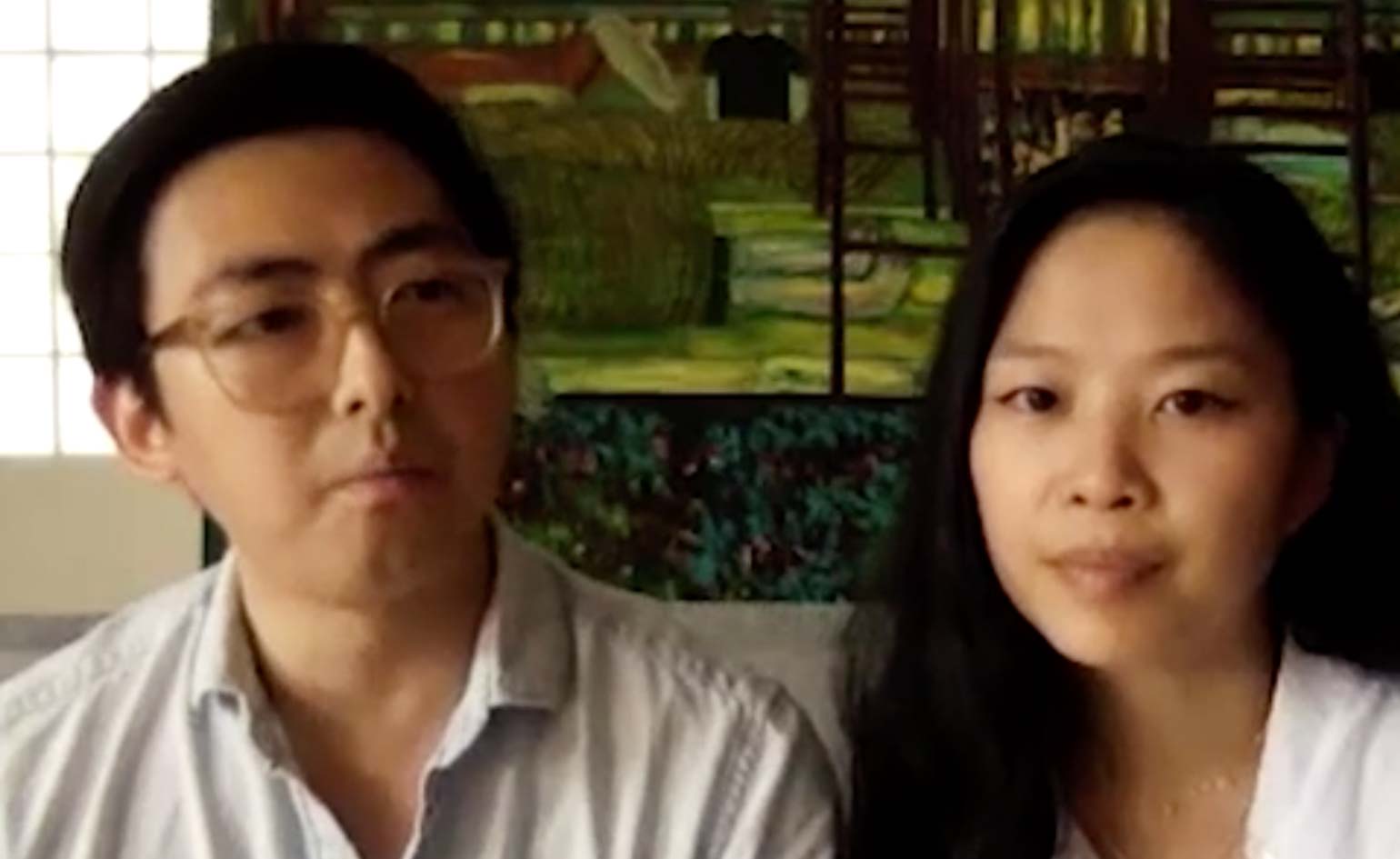 What is the meaning of home? Here’s what designers say.
What is the meaning of home? Here’s what designers say.On the occasion of World Refugee Day (20 June 2021), Danish design brand Lucie Kaas asked designers from 11 international studios to explain what ‘home’ means to them
-
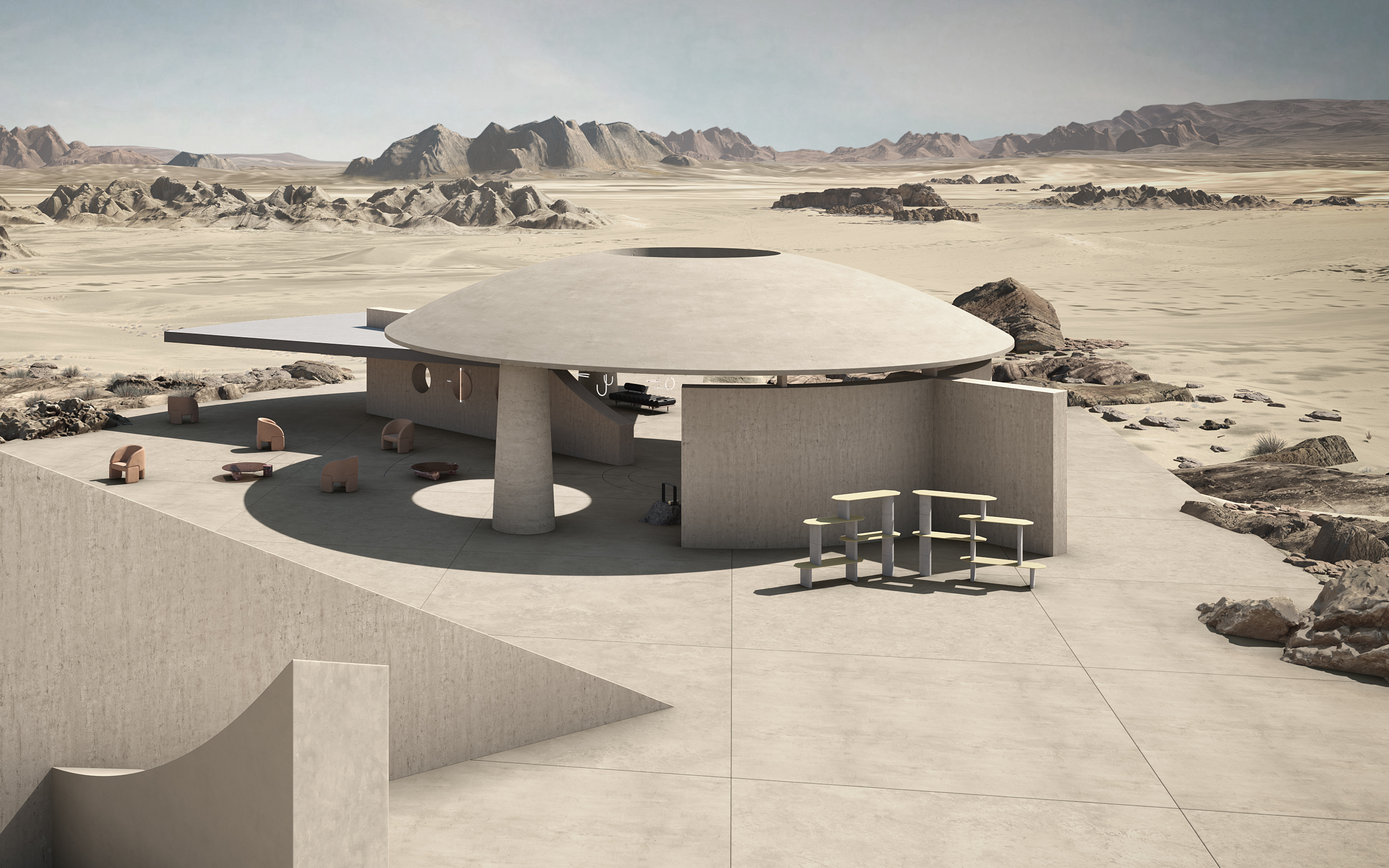 Watch Studio Pepe’s otherworldly design manifesto
Watch Studio Pepe’s otherworldly design manifestoThe Milanese design duo have gathered their inspirations and pieces from the past year into a magical video
-
Travel friendly: Cottage Eight Films captures the spirit of travel in moving image form
-
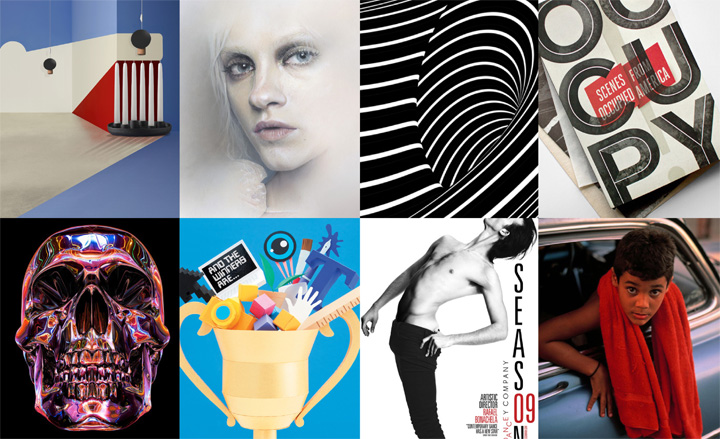 Semi-Permanent creative conference
Semi-Permanent creative conference
